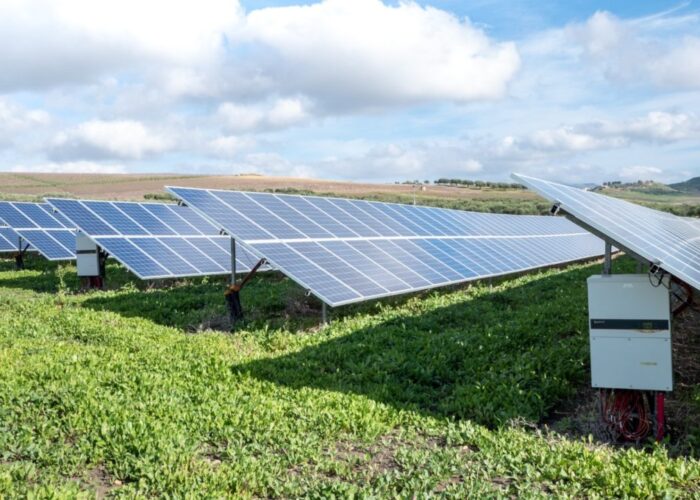At a meeting on August the 24th, the Korean Green Growth Committee proposed plans to decrease support for large-scale solar systems. It also announced plans for the introduction of a 100MW pilot Renewable Portfolio Standard (RPS) through 2011, according to a recent repot by Barclays Capital.
New government proposals also suggest a cap of 98MW for 2009, 132MW for 2010, and 162MW for 2011, well below expectations of 340MW, 400MW, and 500MW in 2009, ’10, and ’11, respectively.
Unlock unlimited access for 12 whole months of distinctive global analysis
Photovoltaics International is now included.
- Regular insight and analysis of the industry’s biggest developments
- In-depth interviews with the industry’s leading figures
- Unlimited digital access to the PV Tech Power journal catalogue
- Unlimited digital access to the Photovoltaics International journal catalogue
- Access to more than 1,000 technical papers
- Discounts on Solar Media’s portfolio of events, in-person and virtual
Korean market growth forecasts will be lowered as a consequence of this, as increased up-take does not generally go hand in hand with incentive reductions. Accordingly global demand forecasts will be lowered from 4.6GW, 7GW, 10.4GW, and 14.4GW in 2009, ’10, ’11, ’12 to 4.4GW, 6.8GW, 10GW, 13.9GW, respectively.
In 2008 there was approximately 280MW shipments in the solar sector in Korea, which is 560% year-on-year growth. The Korean market was considered to be a potential swing market as many were expecting upside to 2009-11 growth expectations driven by attractive incentives and solar installation levels.
However, this certainly doesn’t seem to have materialized as the government makes plans to control growth of the solar market (200MW of commercial feed-in tariffs are capped at 50MW in 2009, 70MW in 2010, 80MW in 2011) and is also less keen to support large ground-based installations. These decisions further reduce growth upside as only a limited number of small commercial systems can be installed in a year. The objective of the 100MW pilot RPS is to examine an appropriate incentive structure, and a longer-term plan to introduce RPS beyond 2012 has already met with some resistance from several utilities.
In terms of Korea’s prior solar program, which was considered to be highly attractive with 20-year FiT of €0.37/kWh for systems up to 30kW, €0.35/kWh for systems between 30 and 200kW, €0.32/kWh for systems below 3MW and €0.27/kWh for systems above 3MW.
Under the new program, 2009 subsidy could be increased for small systems, decreased for large systems. The proposed rates, which are currently under discussion are as follows: a) below 30kW system – increase subsidy by 10%, b) below 200kW system – increase subsidy by 5%, c) below 3MW system – decrease subsidy by 5%, d) above 3MW system – decrease subsidy by 10%.
|
System Size |
FiT rate (Old) |
Change |
FiT rate (New) |
|
<30kW |
0.37 |
+10% |
0.41 |
|
30-200kW |
0.35 |
+5% |
0.37 |
|
<3MW |
0.32 |
-5% |
0.30 |
|
3MW+ |
0.27 |
+10% |
0.24 |







